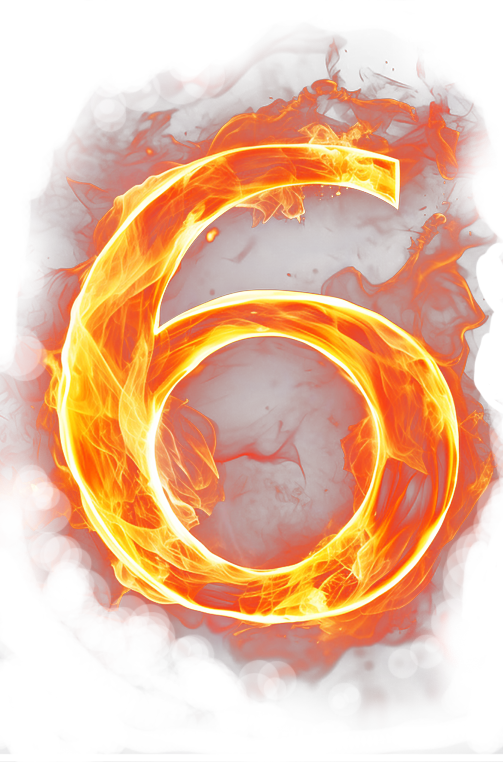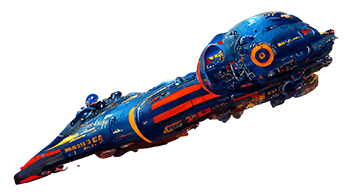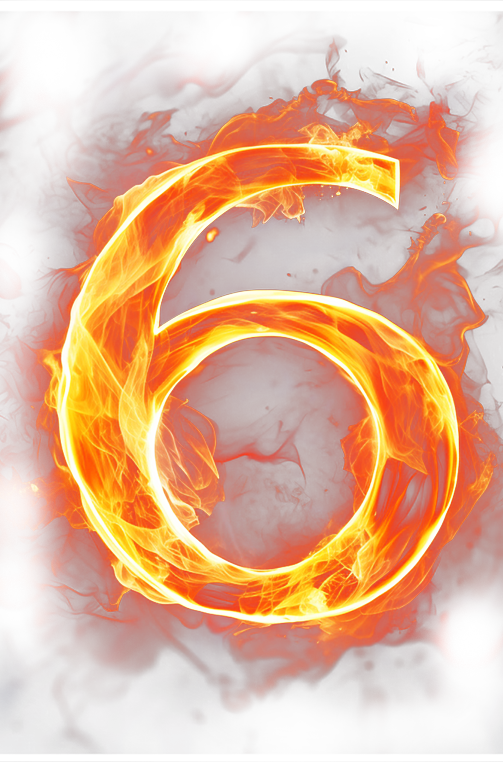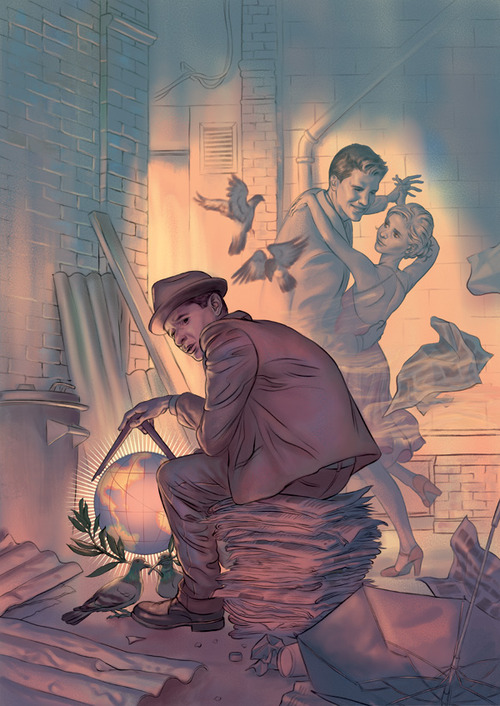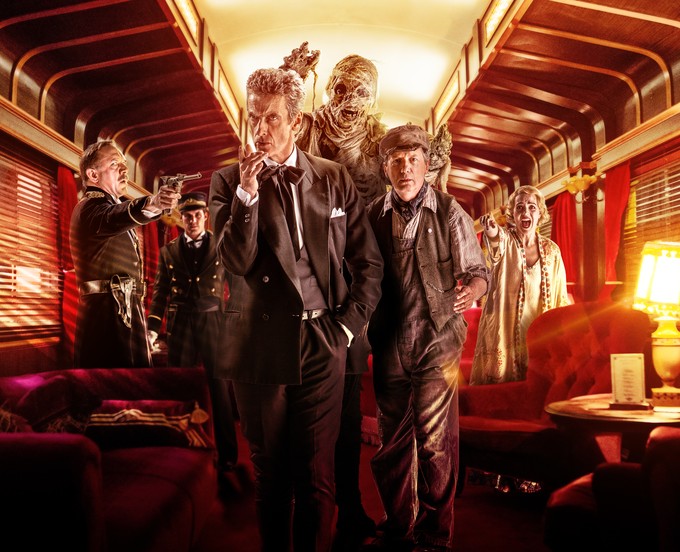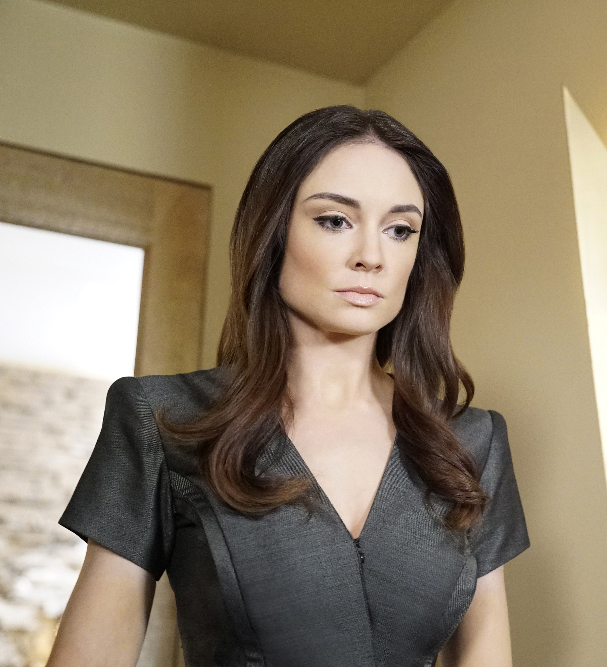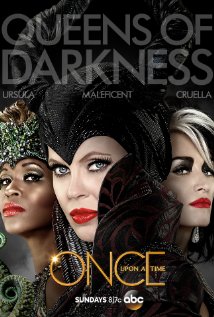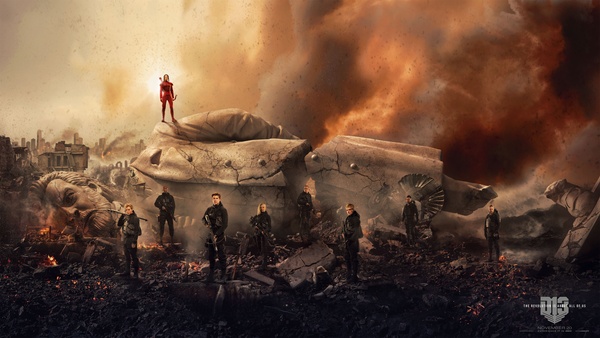Twilight has been the bane of Buffy the Vampire Slayer: Season 8 for some time now. I’m not referring to the sparkly vampire movie (although, Stephenie Meyer has done her damage as well), but the masked villain who inspires pure nerd rage in a large percentage of the Whedon fanbase with the unanswered questions and illogical nature of his overarching plan. While I was not as hate-filled as some with regard to Twilight, I have to admit that his motives and techniques felt messy and deserving of further explanation. In this week’s Angel & Faith #15, writer Christos Gage tackles this problem head on, giving a satisfying explanation of what Twilight’s end goal was and how he intended to get there in what could easily be the best issue of the season so far!
SPOILERS BELOW
Here’s a quick summary of Issue #15:
This issue features two separate, shorter stories.
This first story opens with Angel meeting with Whistler, his old, demonic mentor who used to work for The Powers That Be. Ever since The Seed was destroyed, Whistler has been cut off from The Powers and appears to be operating on his own now. Angel meets Whistler in a diner in London on the anniversary of the day the two former friends met. While Angel is more than a little ticked off to find out that Whistler is working with Pearl and Nash, Whistler demonstrates his power by snapping Angel’s wrist like a twig, and the vampire decides to hear the demon out.
Whistler doesn’t hold back, laying out the details of his position with The Powers, his origin, and why he decided that Twilight was the right move for Angel and the rest of the world. Despite the titanic wrench Buffy and Angel threw in his plan, Whistler still has a plan to restore magic to the world and evolve it beyond the constant battle of good vs. evil. He offers Angel the opportunity to replace Pearl and Nash at his side, and the vampire promptly refuses, so Whistler puts his fist through the hero’s stomach. Unable to finish the job and dust his former friend, Whistler warns Angel to stay out of his way or he’ll finish the job, despite the leftover warm fuzzies he has for the vampire.
The second story reveals the origins of the villainous Pearl and Nash. Adding some humanity and reason to the pair’s reign of violence, this tale covers the birth of the dynamic duo to a demon-boinking mother, Pearl following in mommy’s footsteps with a little demon-boinking of her own, their initial agreement to work with Twilight, and their final, violent moments with their mother.
The Good
Twilight is explained. Since the beginning of the Angel & Faith, Christos Gage has slowly been tying up the mess of loose threads left from Season 8’s Twilight arc and has done an excellent job at it. While the moments we’ve seen before have been short, subtle nudges or clues, in Angel & Faith #15 Gage mounts a full-scale attack against the unanswered questions surrounding last season’s masked villain. In an appropriately intimate scene between Angel and Whistler, Gage maps out a poignant origin and existence for Whistler and explains why he’d be willing to sacrifice the lives of billions in order to put a permanent end to the battle between good and evil. Coming from Whistler, this information comes with weight that few other characters (and writers) could deliver. He’s the Yoda to Angel’s Luke and, despite his sociopath-like ability to shrug off mass slaughter, Whistler’s words ring true with a weary exhaustion and world-weariness that only he can feel, given his responsibility to balance the forces of good and evil. It’s a position and burden that Angel can relate to, given how often he’s forced to walk the line between good and evil and how often he’s been used as destiny’s b—-h. It’s like Whistler says in an especially rich bit of dialogue written by Gage, “What the Hell d’you think destiny is, kid? It’s the universe using you.” Wow . . . kudos, Christos.
Pearl and Nash get a reason for being evil. Now, this isn’t to say that they are not still villains, but this issue elevates the characters from being simplistic, one-note, evil-for-evil’s-sake renditions and paints them as products of harsh realities, whether that be in reference to the extreme difficulties on being born during the Dust Bowl of 1935, the struggles against sickness, hunger, and crushing debt, or the horrific effect the destruction of The Seed had on their sickly mother.
The Bad
Literally nothing. This issue is that f@#$ing good!
The Ugly (Fan Buzz, that is . . .)
Fan reaction has been very positive for this issue, with some readers agreeing with me that this is the best issue so far, and a good review also coming from Three If By Space. Despite the mainly positive buzz, some fans found the expository nature of the issue boring.
Can we please cast a binding spell between Christos Gage and Angel & Faith? It seems like a large number of the fan community have grown very attached to Gage’s brilliant handling of the characters. Well, here’s some good news for them: Dark Horse Editor Scott Allie states in the letters page of this issue that Gage will “be back in Season 10 in a big way, as will Rebekah [Isaacs].” Sweetness!
That’s it for now, comic book sniffers! And, don’t forget to try the eggplant parm (Some of you will get that reference, and I appreciate that, my fellow geeks!).
’Till the end of the world,
-Bryant the Comic Book Slayer
